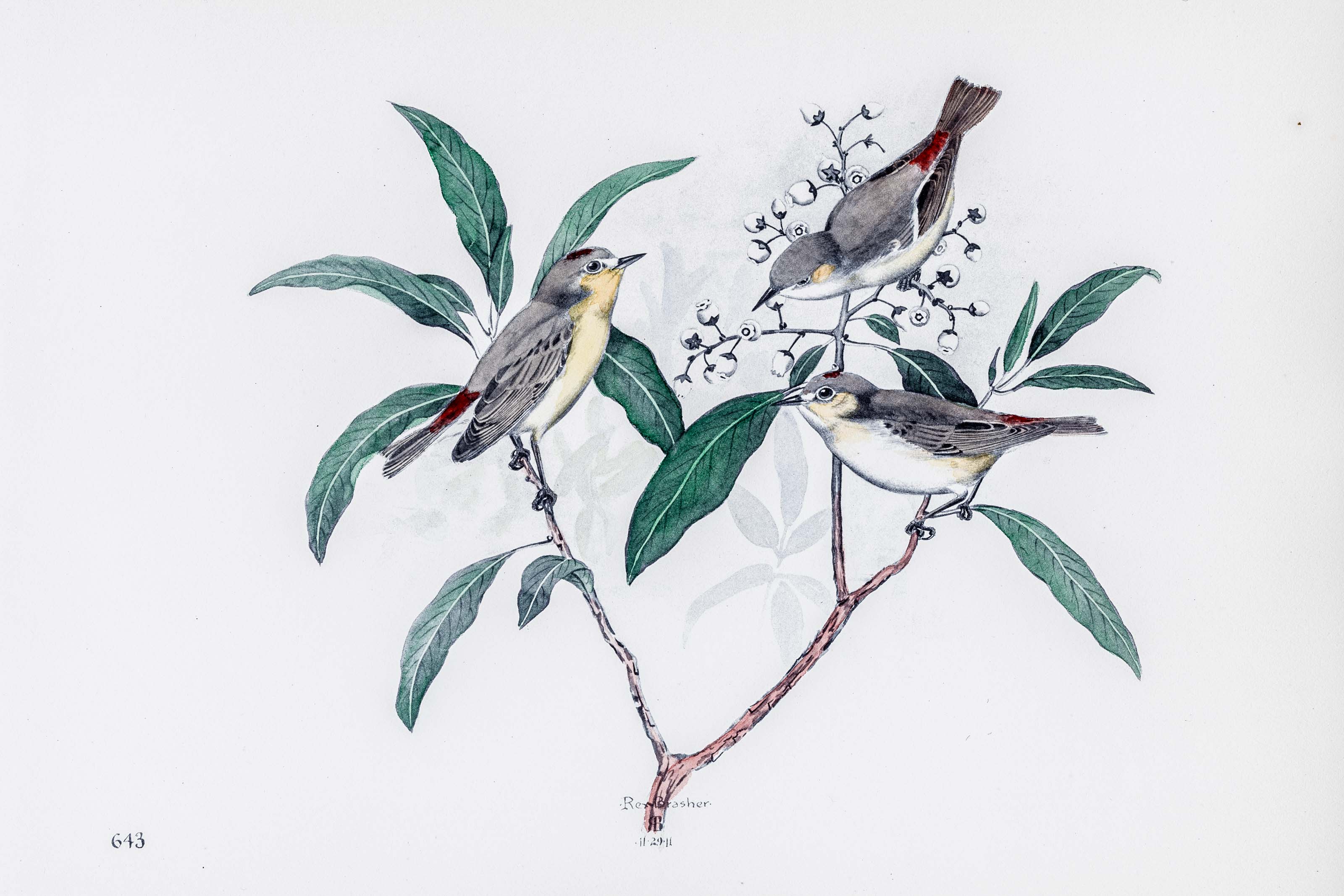
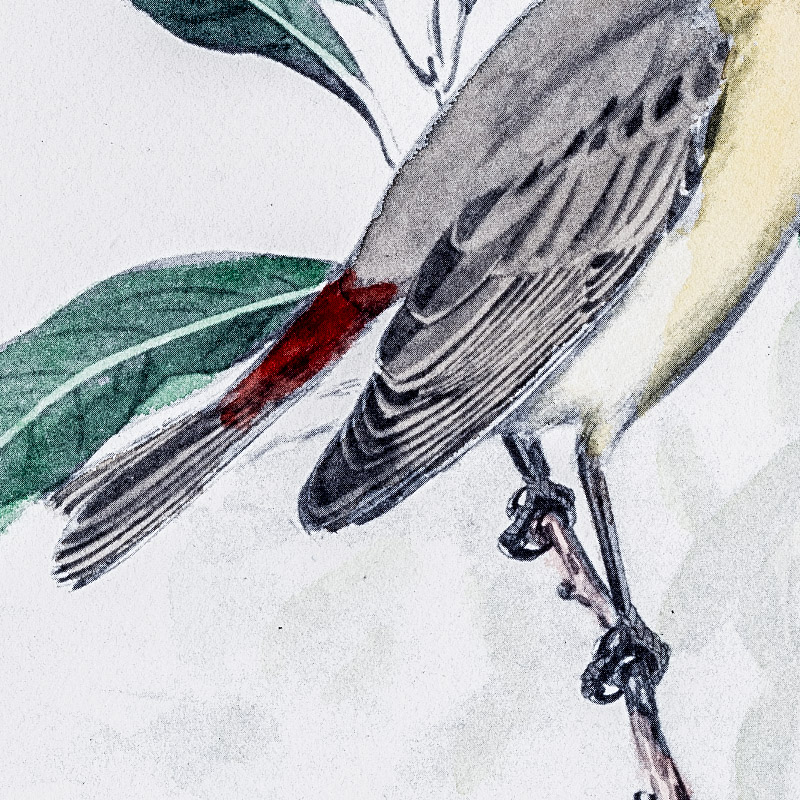
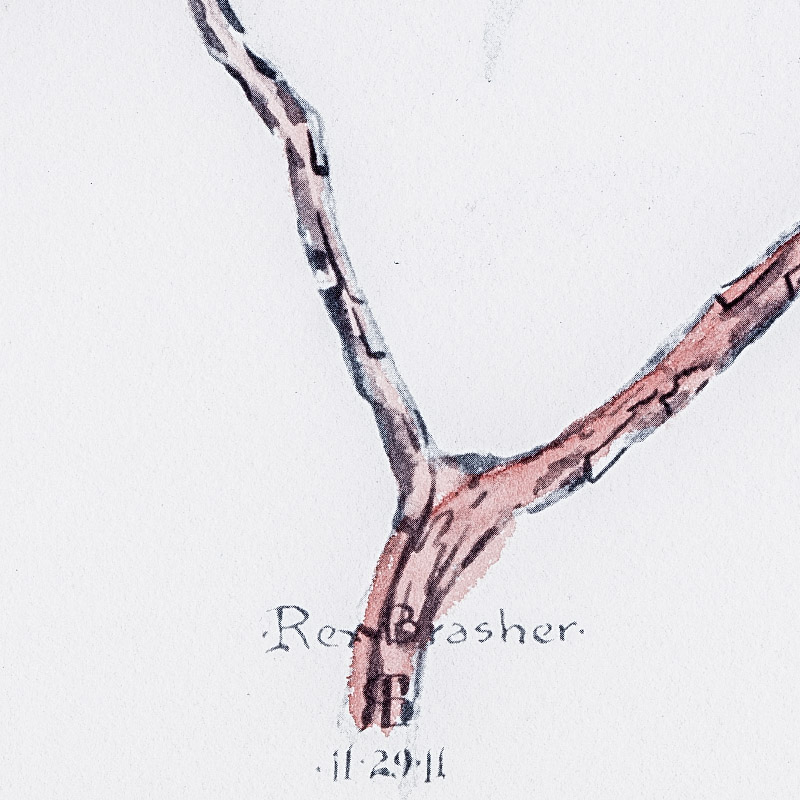
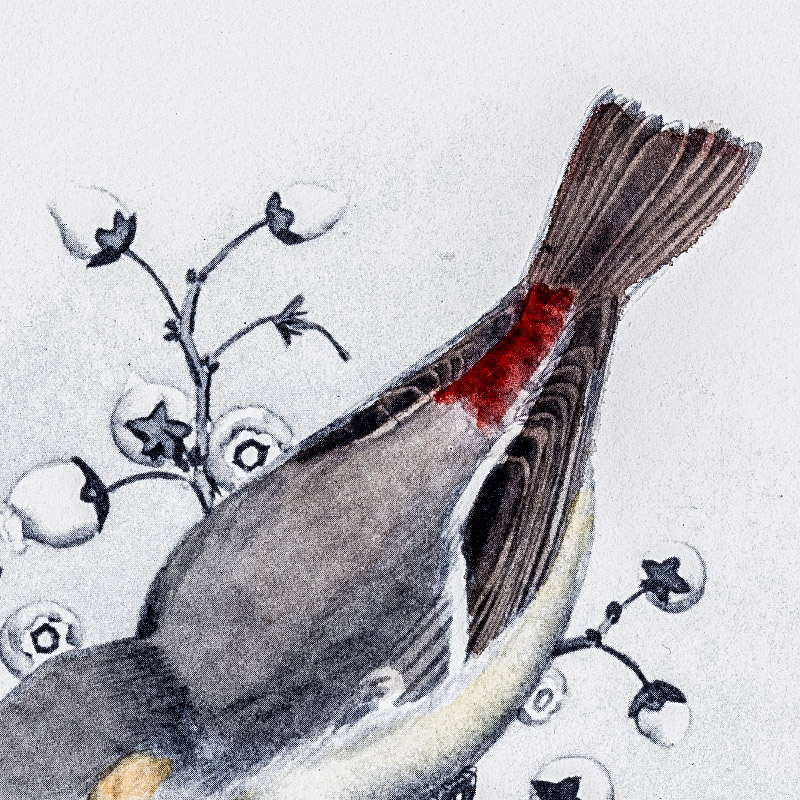
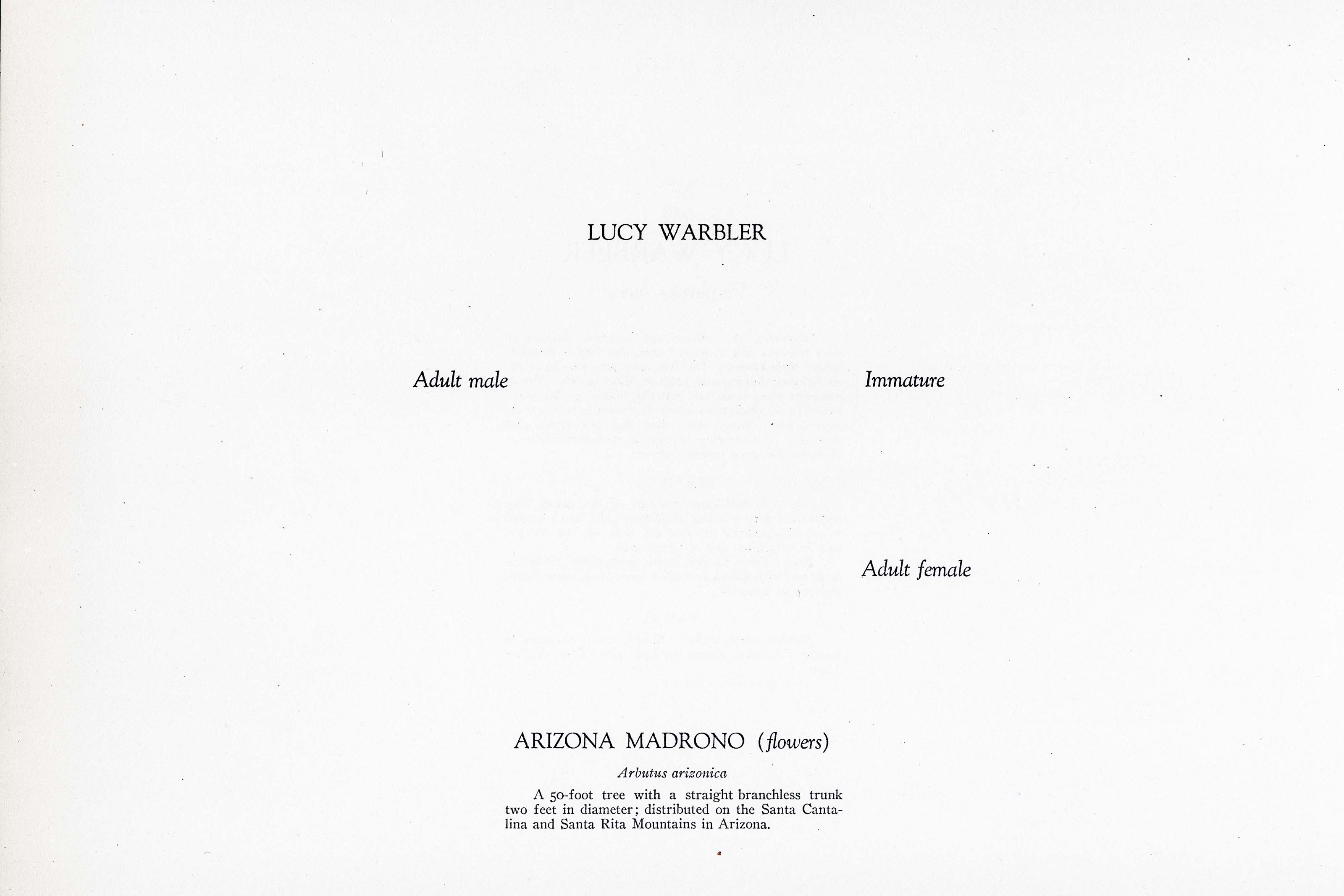


1911
1930
11
643
A team of dedicated board members, volunteers, and student interns has published every page in Volume 9. This volume includes 360 images of paintings and lyrical descriptions of birds, now available online for everyone to enjoy anywhere in the world. This is a monumental task. Each volume requires approximately 400 hours to photograph, edit, transcribe, catalog, and publish online. We need your support to complete this work.
If you're tech-savvy, have a good eye, are meticulous with details, and love structured data, please consider volunteering by emailing us at hello@rexbrasher.org.
We encourage all bird lovers and supporters to consider a monetary donation to support our mission to make Rex's work available for everyone. You can provide a one-time or recurring donation online.
Inhabiting the willow and mesquite thickets of river bottoms in a restricted area, this bird is comparatively little known. The few observers who have recorded their impressions seem to differ widely. Coues considers them timid and retiring, likely to be overlooked in the thickets to which they seem to be much attached, while others state that they are active and vivacious. An accurate description of their habits is an objective for some future observer.
NEST: A frail loose structure of fine grass, fibre and leaves with a lining of feathers and hair; located in old woodpeckers' nests or any sort of tree crevice, usually within ten feet of the ground.
EGGS: Three to five; white, beautifully circled at large end with specks and small spots of chestnut, burnt umber and lavender.
Southwestern United States, most common in southern Arizona, rarely north to Santa Clara Valley, Utah.
A 50-foot tree with a straight branchless trunk two feet in diameter; distributed on the Santa Cantalina and Santa Rita Mountains in Arizona.